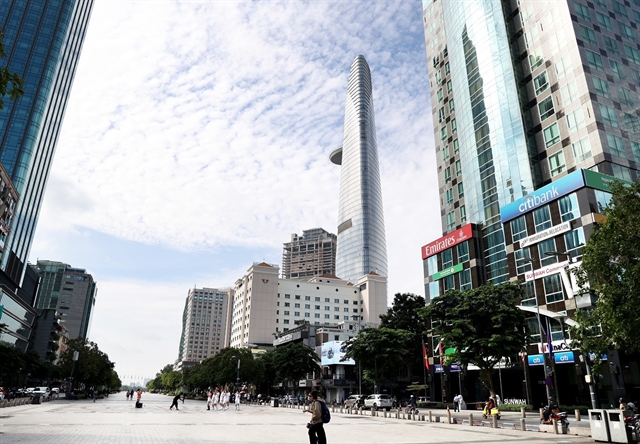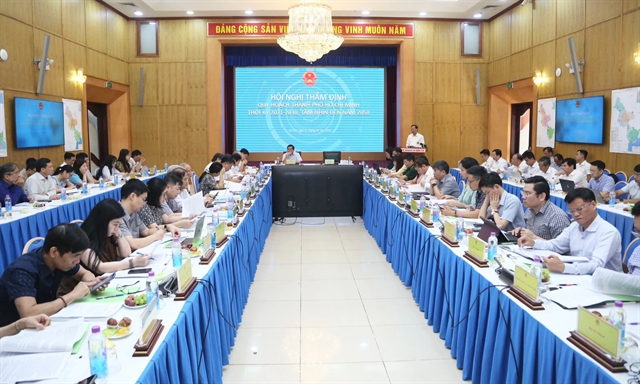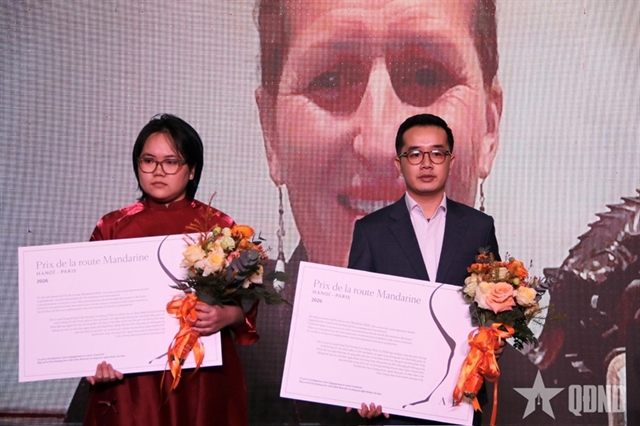 Economy
Economy

 |
| Nguyễn Huệ in downtown HCM City. — VNA/VNS Photo Hồng Đạt |
HÀ NỘI — A review of planning of HCM City has focused on the critical role the city plays in national development as it operates as a gateway to both state and international commercial interests.
The review meeting, discussing plans through 2030 and 2050, focused on compatibility with the Planning Law along with the city's strategic environment assessment.
Speaking at the event on Wednesday, HCM City’s People’s Committee Chairman Phan Văn Mãi emphasised that the city’s master plan holds great significance in shaping and developing its socio-economic growth plans and policies.
This is why the city authorities have been prioritising their efforts in terms of the city’s planning.
Addressing the meeting, Minister of Planning and Investment Nguyễn Chí Dũng said that HCM City is a special urban area which operates as a gateway to regional and international connections.
The city is a major economic, cultural, educational and science-technology centre and a growth driver for the southeastern region and the country.
Accounting for just 0.6 per cent of Việt Nam’s total area and nine per cent of its total population, the city contributes nearly 20 per cent to national GDP (gross domestic product) and 25 per cent to State budget revenues.
 |
| Officials at the review meeting on Wednesday at the Ministry of Planning and Investment. — Photo baochinhphu.vn |
However, the city is facing multiple challenges that slow down the progress of its growth model and economic structure.
Its GRDP growth rate is declining and is now lower than the national average, so is the contribution of TFP (total factor productivity).
Meanwhile, industries’ share in the economic structure has decreased from 25 per cent in 2015 to 22.06 per cent in 2022, with the labour-intensive electronics and footwear sectors representing the majority.
The service sector mostly relies on trade and transportation (44 per cent), while the role of strategic industries such as finance, health care, education and tourism is not prominent.
Minister Dũng said that the city does not have a comprehensive infrastructure and only a modest amount of land for industrial development, leading to difficulties in attracting investment.
Taking into consideration the limited connections between HCM City and other localities in the region, he added that the city will only be able to leverage its position as an international gateway when Long Thành Airport goes into operation.
The current urban design is also overloaded due to a rapid population growth, leading to multiple issues such as limited quality of life, traffic congestion, environmental pollution and flooding amid climate change impacts.
“The draft planning report clearly demonstrates HCM City’s development strategies in five aspects: green economy, innovative urban area, smart infrastructure, civilised society and sustainable environment,” said Chairman Mãi. — VNS




